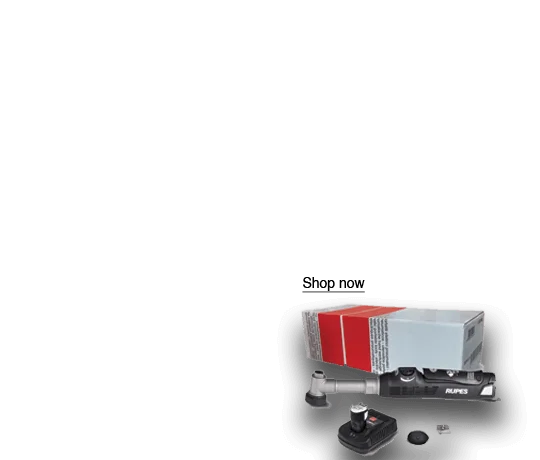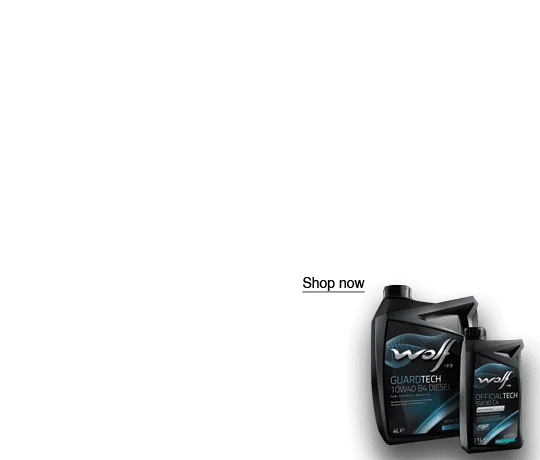No products in the cart.
The Best Ways To Remove Water Spots Leave a comment
The Best Ways To Remove Water Spots
Water spots caused by idle beads of water can seriously wreck your finish. That’s just one of the many reasons why beads are bad. We talked about how to prevent water spots on a car in our last article, but to recap: the best way to avoid a water spot is to get a ceramic coating that sheds beads easily.
After all, no beads = no water spots. But should the inevitable happen and one (or many) appear, you’ll need to know how to remove a water spot on a car. In this article, we go over water spot removal in terms of how long the water spot has sat on the surface. Since that can be hard to know, always make sure you start with the least aggressive method—in this case, a quick detail spray—then work your way up to more aggressive methods if you’re not seeing results.
Fresh water spots
If you catch a water spot early, while it’s still just some residue on your finish (be it bare paint or ceramic coating), you’ll be able to wipe it up pretty easily with a quick detailer spray like MAFRA LAST TOUCH Just make sure you’re using a soft, microfiber towel to minimize abrasion and therefore fine scratches. Just be sure to avoid excessive rubbing during removal as this can create a shiny spot that can’t be removed.
Baked-on water spots
If a water spot isn’t removed early on, UV radiation will start baking the mineral residue into the finish. At this point, you’ll need something slightly more acidic than a quick detailer to break down the alkaline minerals. In this case, something like Mafra Killer Insects & Resin Remover would work well. Just spray, let sit and wipe down with a microfiber. Use the same process as above, just again make sure you’re not rubbing too hard with the microfiber.
If that didn’t do the trick, you may want to amp up the acidity and instead use a 1:1 white vinegar/distilled water solution. Again, let the solution sit for a few minutes before you go to wipe down. And make sure you do a quick wash first to remove loose gunk so you’re not grinding it into the finish when you’re wiping.
Stained or etched water spots
Continued UV radiation will bake the mineral residue in even further, resulting in a smooth-feeling stain that doesn’t raise above the finish. Even more UV exposure will cause a chemical reaction that ups the stain’s alkalinity to the point it etches through the finish, forming a concave mark. When you’ve reached this level of water spot, it’ll be impossible to remove without mechanical decontamination and heavy abrasion.
Having a ceramic coating on top of your paint will buy you some time before this happens, but even highly chemically resistant coatings can still etch. To remove, you’ll need to take a clay bar to the water spot, then buff it out with a random orbital buffer. Just make sure you’re starting with the softest pad and least aggressive polish, then working your way up in terms of aggressiveness if you’re not seeing results. And if you’re not confident in your buffing abilities, you’ll want to get in touch with a reputable professional detailer to see if this work can be done for you.
Further proof beads are bad
Because stained or etched water spots require heavy abrasion to remove, it’s going to cost you a sliver of your already-thin ceramic coating or clear coat. Eventually you’ll either have to replace the coating, or, in the case of a clear coat failure, get a respray. All this just because of tiny water beads resting on your paint! It goes to show just how much beads are bad. So like we’ve been saying, when you’re shopping around, make sure you’re picking a ceramic coating can shed those beads with ease













